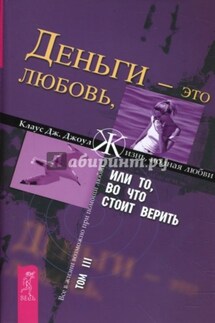The General Theory of Capital: Self-Reproduction of Humans Through Increasing Meanings - страница 53
“A market is a meeting place for the purpose of barter or buying and selling. Unless such a pattern is present, at least in patches, the propensity to barter will find but insufficient scope: it cannot produce prices. For just as reciprocity is aided by a symmetrical pattern of organization, as redistribution is made easier by some measure of centralization, and householding must be based on autarchy, so also the principle of barter depends for its effectiveness on the market pattern” (Polanyi 2001, p. 59).
Circulation is “embedded” in production, and production is “embedded” in consumption. As the division of meanings advances, circulation becomes detached from production. At what point can we speak of production for circulation, that is, for giving or exchange, rather than for self-consumption? This is the moment when circulation becomes so different from production that it is considered its opposite. Historically, this moment can be described as the moment of the written record of gifts and tributes. Money is, in fact, also a form of record.
When production for giving passes into production for exchange, products become commodities. Simple commodity production develops from householding or self-consumption through various forms of production for giving. It presupposes the division, addition and multiplication of meanings: the development of agriculture, writing, cities, crafts and trade. Within commodity production, circulation forms a separate process, it is an intermediary between consumption (consumer choice) on the one hand, and production (producer choice) on the other.
Utility and use value
Neoclassical economic theory reduced the purpose of all human activity to consumption, and the means and methods of satisfying needs to utility. Originally, it defined utility as a measure of pleasure or happiness and later as an order of preferences between alternative consumption options. However, meanings are not limited to utility—whether it is understood as pleasure, happiness or ordered preferences. Moreover, utility is not the same as pleasure: through the process of socialization, people learn to find pleasure in things that would otherwise disgust them (cf. Henrich 2016, pp. 112, 143, 345). Pleasure itself is the result of socio-cultural evolution: people form their “concept of pleasure” as they learn meanings.
Meaning can be both useful and harmful; it does not necessarily have to be associated with usefulness. Objects of needs can be useless meanings: beauty, love, justice, wisdom and many others. Meanings often are not ordered by preferences. When choosing, people take into account opportunities, risks, ethical and aesthetic norms and other meanings that are not ordered among themselves. Moreover, people do not just choose between existing alternatives. The choice process creates alternatives—counterfacts. Counterfacts are formed not only in the space of consumption options, but also in the space of consumption criteria. This means that a person not only chooses what he consumes, but the person himself is also an object of choice: rivalry of needs creates choice, rivalry of people creates selection.
We said in Chapter 1 that the three types of needs (i.e. needs of subsistence, sociality, and self-expression) did not emerge simultaneously. Perhaps it would be possible to establish an evolutionary sequence of their emergence. However, such a







